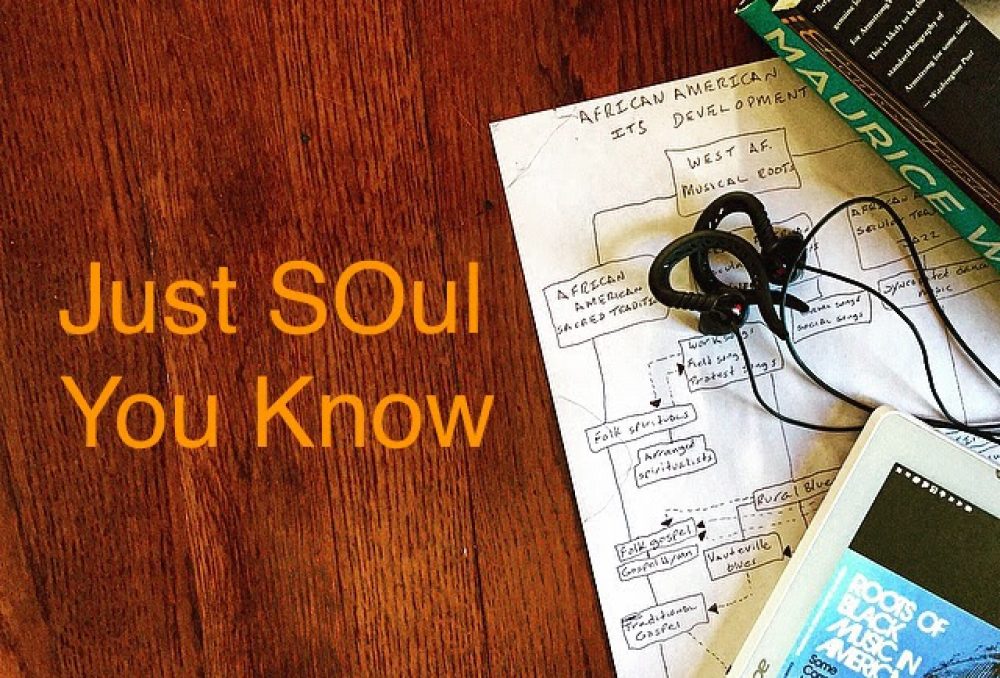This is a great photo of Ella Fitzgerald experiencing a playfully embrace by the often-jovial Dizzy Gillespie while back stage in New York in 1950. The famous Jazz photographer Herman Leonard took the photo. Although at times Leonard talked his subjects into the perfect pose, this photo, however, captures that intimate moment when two legends of Jazz goof off as a way of quelling nervous tension before a performance.
The importance of a photo cannot be overstated. It is a wonderful medium in which we fully appreciate and place a critical amount of social, cultural, political, and economic value. It is through photos that we have the opportunity to peer into the past to see that an event did in fact happen. A photo helps us to keep memories alive and well; they help us to remember the moment. They also communicate a wonderful sentiment from the past to the present. If you are like me you can get lost in a photo wondering what it sounds like or smells like or what is just beyond the edges of the image.
In the case of photographer Herman Leonard he has had a lifetime of capturing the essence of the moment especially in the world of Jazz. Some of his photos are so iconic they conjure up the very definition of Jazz and the Jazz artist. Without his photos we would have no ideal how Sonny Stitt bends his body as he digs for that note or how tightly Sarah Vaughan closes her eyes before her improvisation or even how artists look as they goof off back stage before a performance.
Here’s to Jazz, the Jazz artist, and the photographer documenting Black music!
Enjoy your BMM!






